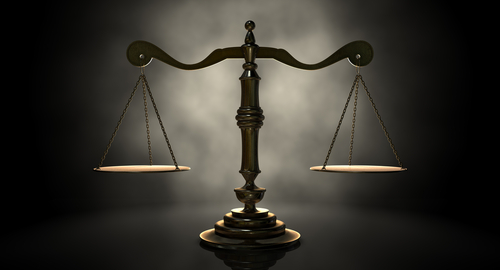Last week, marriage equality made another giant stride in the United States. Three federal circuit courts covering different parts of the country had ruled against same-sex marriage bans; the supporters of those bans had appealed to the Supreme Court, but the Court turned those appeals down. By doing so, it made those decisions final. This means that eleven states under the jurisdiction of those three circuits – Virginia, Indiana, Wisconsin, Oklahoma, Utah, Wyoming, Colorado, Kansas, West Virginia, North Carolina, and South Carolina – now have or will soon have marriage equality. The liberal Ninth Circuit also issued a favorable ruling covering Idaho and Nevada.
While the Supreme Court’s inaction fell short of making marriage equality a nationwide mandate, the writing is on the wall. By refusing to take up the states’ appeals, the Court sent a clear signal that they have no objection to these decisions. (My personal theory is that SCOTUS is hoping every federal circuit court rules in favor of marriage equality, so that it becomes law nationwide without them having to get involved.)
But this doesn’t mean that the fight for equal protection is over in all these places. Importantly, some of the new marriage-equality states don’t have anti-discrimination laws that cover sexual orientation, meaning that, strange as it sounds, you could legally be fired or kicked out of a home for obtaining a legal marriage license.
Still, we can hope that these decisions, by helping to make same-sex relationships normal and familiar, are a step toward enacting that protection as well. Getting rid of one kind of discrimination often weakens the case for other kinds. That’s the lesson of an excellent longform article on Think Progress about the ways that our definition of marriage has changed in the last hundred years, sometimes through legislation, other times with a nudge from the courts:
Extending full marriage rights to same-sex couples would not fulfill the Constitution’s promise of equality, it would “redefine marriage,” in the eyes of those judges still willing to defend discrimination… As Justice Samuel Alito argued in 2013, supporters of equality “implicitly ask us to endorse” a more expansive definition of marriage and “to reject the traditional view.”
The problem with this, as the article notes, is that we already rejected “the traditional view” of marriage well before the gay-rights movement came along. And it’s good that we have, because that view is shot through with outrageous and sexist ideas about the subservience of women.
“The traditional view” of marriage comes from the ancient English common law, which dictated, among other things, that a married woman couldn’t own property. When a couple got married, the man gained legal control of everything his wife owned and any money she made. It wasn’t until the mid-1800s that some states began to change this, but as late as 1887, “fully one third of states still did not permit women to control their own earnings”. It wasn’t until 1971, in the Supreme Court case Reed v. Reed, that the court struck down laws which gave official preference to men in the disposal of property.
Similarly, marital rape wasn’t recognized as a crime under the traditional, common-law definition of marriage. The English common-law jurist Matthew Hale said in the 1700s that “for by their mutual matrimonial consent and contract the wife hath given up herself in this kind unto her husband, which she cannot retract”. This idea started to change in the late 1970s and 1980s, and once again, the courts played a role in bringing it about. The influential 1984 New York opinion People v. Liberta held that “there is no rational basis for distinguishing between marital rape and nonmarital rape”.
Last but not least, the courts have played a major role in disposing of archaic “fornication” laws which made it a crime for unmarried people to have sex. Supreme Court cases like Eisenstadt v. Baird, which struck down a law prohibiting unmarried people from buying contraception, established a right to personal privacy and sexual liberty. This then became a precedent for rulings like Lawrence v. Texas, which nullified anti-sodomy laws used to prosecute same-sex couples.
The “traditional” view of marriage, which religious conservatives like Alito mythologize, was explicitly sexist in the way it consigned women to lesser status. Our evolving understanding of marriage has gone a long way toward abolishing that view, recasting it as a joining of equals, but these changes didn’t come about solely through social pressure. At many critical junctures, it took a little push from the courts to nudge us over the hill, recognizing that the guarantee of equal protection forbids treating people unequally because of their gender.
In this light, we can see that marriage for same-sex couples isn’t a new right conjured out of thin air. It springs from a long legal tradition of striking down discriminatory barriers meant to enforce a particular, rigid view of gender roles. Marriage equality is real, and it matters to all kinds of marriages, same-sex and different-sex alike. As we extend true equality to one kind of marriage, it will inevitably come to encompass other kinds. As the TP article says:
If you accept the idea that marriage requires a dominant man and a submissive woman, then the case against marriage equality is obvious. How can both gender roles be filled when you do not even have both genders? Likewise, if you accept that the government gets to decide how people use their genitals, then the state may legitimately decide not to solemnize a sexual relationship between two men or two women.
But American law rejects both of these propositions, and thanks to the work of people like Ruth Bader Ginsburg, the Supreme Court now recognizes that our Constitution rejects both of these propositions as well.
